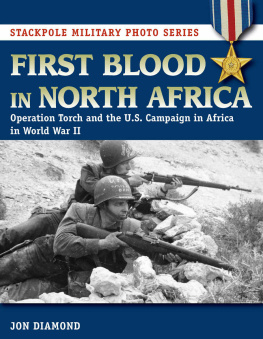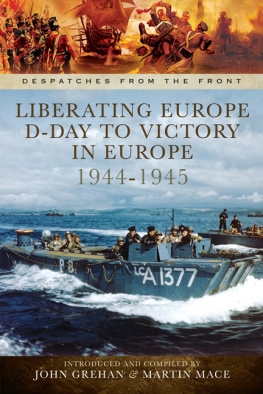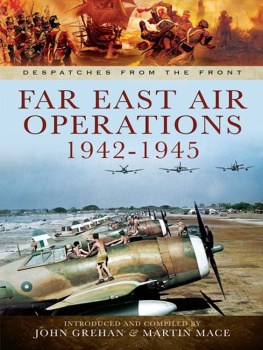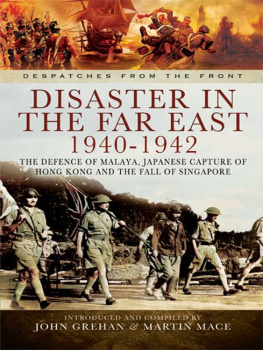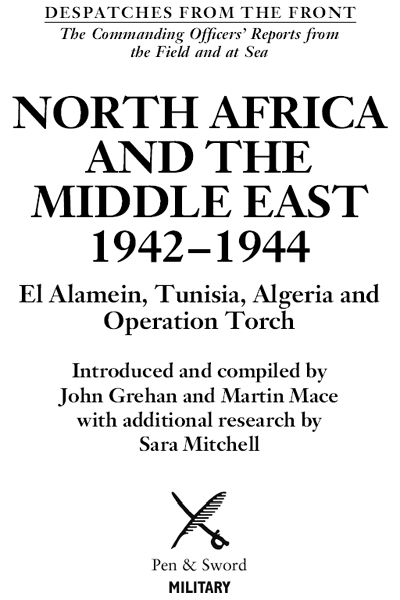
First published in Great Britain in 2015 by
PEN & SWORD MILITARY
An imprint of
Pen & Sword Books Ltd
47 Church Street
Barnsley
South Yorkshire
S70 2AS
Copyright John Grehan and Martin Mace, 2015
ISBN: 978-1-78346-194-3
EPUB ISBN: 978-1-47385-946-3
PRC ISBN: 978-1-47385-945-6
The right of John Grehan and Martin Mace to be identified as the authors of this
work has been asserted by them in accordance with the Copyright, Designs and
Patents Act 1988.
A CIP catalogue record for this book is available from the British Library.
All rights reserved. No part of this book may be reproduced or transmitted in
any form or by any means, electronic or mechanical including photocopying,
recording or by any information storage and retrieval system, without
permission from the Publisher in writing.
Typeset by Concept, Huddersfield, West Yorkshire HD4 5JL.
Printed and bound in England by CPI Group (UK) Ltd, Croydon CR0 4YY.
Pen & Sword Books Ltd incorporates the imprints of Pen & Sword Archaeology,
Atlas, Aviation, Battleground, Discovery, Family History, History, Maritime,
Military, Naval, Politics, Railways, Select, Social History, Transport, True Crime,
and Claymore Press, Frontline Books, Leo Cooper, Praetorian Press,
Remember When, Seaforth Publishing and Wharncliffe.
For a complete list of Pen & Sword titles please contact
PEN & SWORD BOOKS LIMITED
47 Church Street, Barnsley, South Yorkshire, S70 2AS, England
E-mail:
Website: www.pen-and-sword.co.uk
Contents
List of Plates
Introduction
General Harold Alexander took over Middle East Command from General Claude Auchinleck in August 1942. His area of responsibility extended throughout Egypt, Palestine, Sudan, Cyprus, Kenya and British Somaliland and North Africa. However, when he took up his command, Alexander was informed that his prime and main duty was to take or destroy at the earliest opportunity the German-Italian Army commanded by Field-Marshal Rommel together with all its supplies and establishments in Egypt and Libya. Under him he had Lieutenant General Bernard Montgomery who was nominated for the command of the Eighth Army following the death of General Gott en route to Cairo.
Rommels Axis forces were drawn up in front of El Alamein. It was expected that once Rommel had built up his strength once again, he would attack the British defences in the hope of pushing onto Cairo. What Alexander needed was time time to build up his own forces before Rommel attacked.
In his despatch, which is over 50,000 words long, Alexander details his arrangements for holding Rommel and his plans to move onto the offensive. His main concern was regarding the German armoured divisions which were equipped with Mark III and Mark IV tanks, a few of which were of the newer type with the high velocity 75mm gun, and with the anti-tanks guns which both the German and Italian divisions were armed. Though all desert warfare is not armoured warfare, it is always conditioned by the presence of armour, Alexander wrote, since the desert allows infinite mobility and flanks are nearly always open, every formation and unit down to the smallest must be capable at any moment of all-round defence and prepared to meet an armoured attack. For this reason anti-tank guns were decentralized down to infantry companies each of which had a total of at least three and, where possible, six guns. These were the greatest danger facing the British tank battalions.
Alexander, interestingly, felt the need to comment on his adversary, Rommel, who had achieved such notoriety. A considerable body of legends had grown up around him, Alexander explained, but this interest had led to an exaggeration of his undoubted qualities which tended to have a depressing effect on our own troops, however much it may have appealed to the newspaper reader at home. I have always considered it vital to obtain all the information possible about my principal opponents and I took steps shortly after my arrival to sort out the truth from the legends about Rommel.
Alexander then delves into the background of Rommel, before analysing his operations in North Africa: As I studied the records of his African campaigns it was soon clear to me that he was a tactician of the greatest ability with a firm grasp of every detail of the employment of armour in action and very quick to seize the fleeting opportunity and the critical turning points of a mobile battle. I felt certain doubts, however, about his strategical ability, in particular as to whether he fully understood the importance of a sound administrative plan. Happiest when controlling a mobile force directly under his own eyes he was liable to over-exploit immediate success without sufficient thought for the future.
This over-exploitation, in Alexanders view, had led Rommel to advance to the point where he had become over-stretched, which was why the Axis forces had been unable to complete their advance into Egypt. Rommel, though, was hampered by the difficulty of supplying his forces from across the Mediterranean. This meant that Alexander was able to reinforce the Eighth Army quicker than Rommel was able to strengthen the Afrika Korps. The result of this was that it was Montgomery, not Rommel, who undertook the next great offensive in North Africa.
That offensive began with the Second Battle of El Alamein and continued until the capture of Tripoli. Alexander clearly had a gift for language and his despatch reads more like a history of the campaign in the desert during the period he was at Middle East Command.
In February 1943 General Maitland Wilson took over Middle East Command, and at the beginning of his despatch, Wilson spelt out the extent of his responsibilities: My main tasks, in order of priority, were to maintain Eighth Army and support its present operations to the utmost, to plan for future operations in conformity with the requirements of General Eisenhower, to prepare to support Turkey, and to conduct amphibious operations. In addition I was to make plans, when required, for land operations in the Balkan States, Crete, and the islands in the Aegean; I was to plan possible operations in Arabia and to be ready to assume command of the land forces in Aden should major land operations develop in or beyond the borders of that Protectorate. No other British command was so extensive or so varied. Helpfully, he provided an order of battle for the Middle East Command which gives a clear view of the extent of his responsibilities. The total number of troops under his command amounted to approximately 31,000 officers and 494,000 men.
What is revealed in this despatch is the scale of the preparations for the offensive into Tunisia. This included the construction of petrol storage depots for tens of thousands of gallons of fuel, medical facilities with more than 5,000 beds and even a complete tin factory was despatched to Tripoli and erected there. To reduce flying time from Egypt twenty-two all-weather runways were completed in Cyrenaica and Tripolitania for the RAF, in addition to about fifty fair-weather landing grounds and the numerous fighter strips made for Eighth Army.
As well as the Tunisian campaign, Wilson relates the operations his command undertook in the Aegean and the difficulties with social unrest in Palestine and Syria. As Allied forces gathered in preparation for the invasion of Italy, following the defeat of the Axis army in North Africa, discussions were held concerning a change in Wilsons responsibilities. The Middle East Commands forces were reduced to a minimum and all possible help was given to Mediterranean Command and to General Eisenhowers Allied Force Headquarters.
Next page
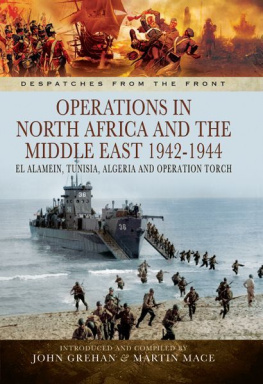
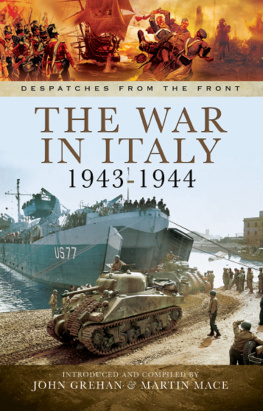
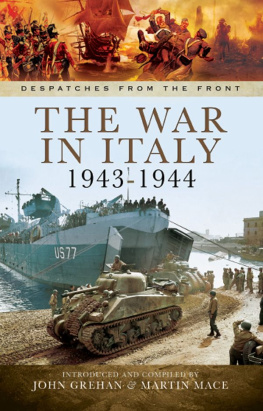
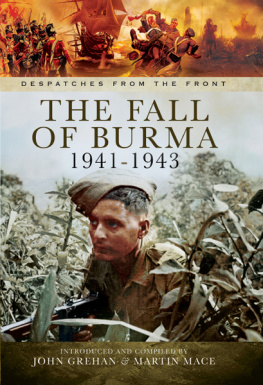
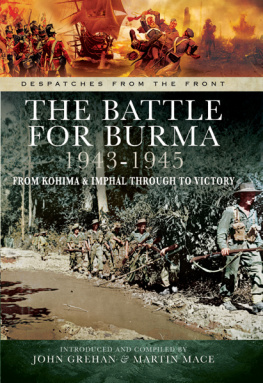
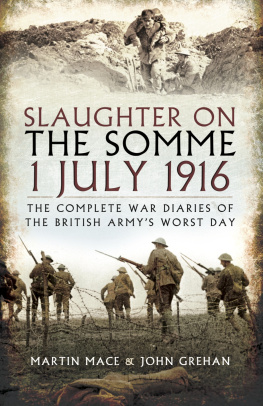
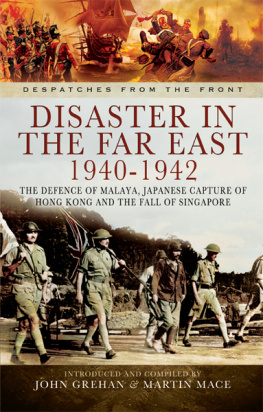

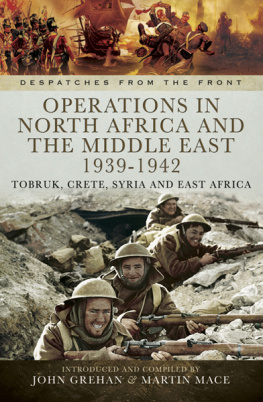
![Atkinson - An army at dawn: [the war in North Africa, 1942-1943]](/uploads/posts/book/178818/thumbs/atkinson-an-army-at-dawn-the-war-in-north.jpg)
